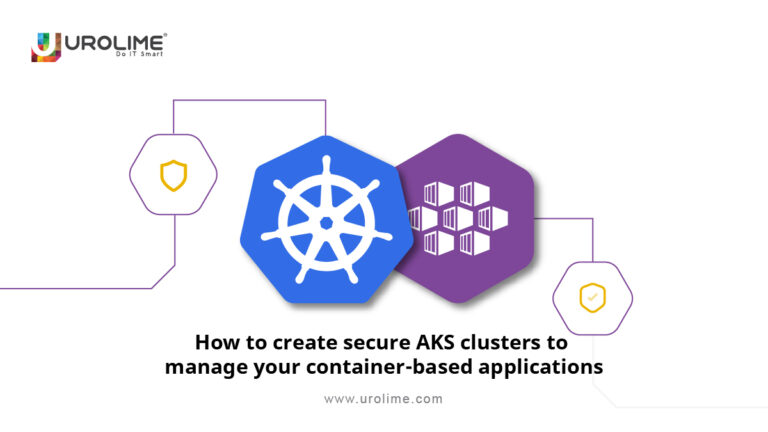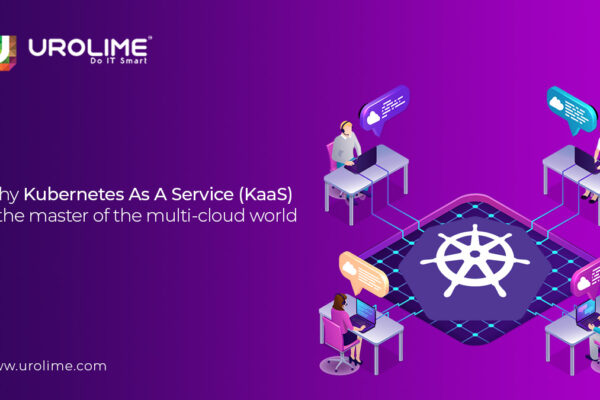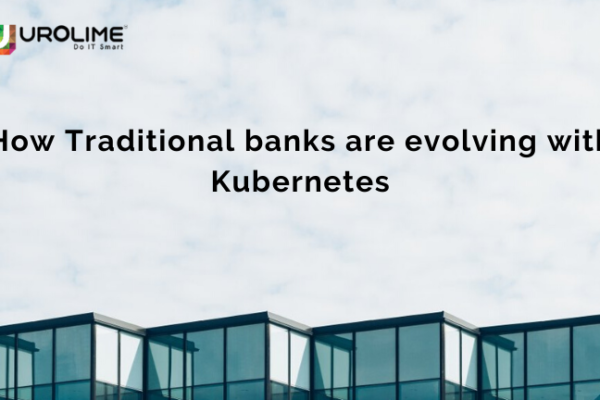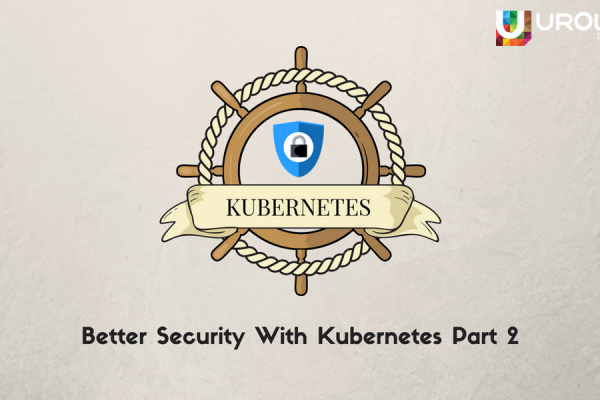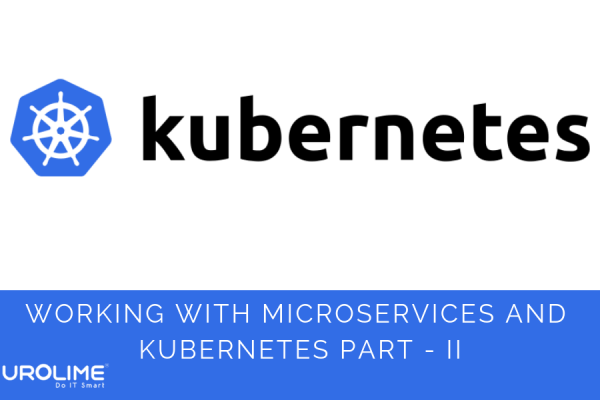In today’s digital landscape, ensuring the security of container-based applications is of utmost importance. Azure Kubernetes Service (AKS) clusters have emerged as a reliable solution for managing and safeguarding these applications. With the introduction of Azure Container Networking Interface (CNI) and the Application Gateway Ingress Controller, AKS now offers enhanced security features to further protect your valuable assets.
Our comprehensive guide aims to provide detailed strategies and best practices to help you establish a robust security framework for your AKS cluster, ensuring the confidentiality, integrity, and availability of your applications and data. What’s more, we will explore how Azure CNI and the Application Gateway Ingress Controller contribute to strengthening the security posture of your AKS cluster!
Authentication and Authorization
Authentication and authorization are fundamental aspects of securing your AKS cluster. By integrating your cluster with Azure Active Directory (Azure AD), you can enhance security and establish seamless access control mechanisms. Azure AD integration ensures strong authentication, enabling you to manage user identities and access policies centrally.
Implementing Role-Based Access Control (RBAC) within Kubernetes allows you to govern resource access effectively. Assigning appropriate roles to Azure AD users or groups based on the principle of least privilege ensures that users have access only to the necessary resources. Regularly review and update role assignments to accommodate changing requirements and maintain a secure environment.
Container Security
Container security is critical to protect your applications and prevent potential malicious activities. Implementing Kubernetes Pod Security Policies (PSPs) is an effective measure to enforce security controls for your container workloads. PSPs allow you to define policies that restrict container capabilities and permissions, minimizing the risk of unauthorized actions.
Enhance container security by implementing security contexts and resource limitations at the pod level. Security contexts provide additional container-level permissions, such as running containers as non-root users or restricting privileged actions. Resource limitations ensure that containers have allocated resources and reduce the attack surface for potential exploits.
Utilize pod affinity and anti-affinity rules to control workload placement within your cluster. By segregating sensitive workloads from others, you can minimize the impact of potential security breaches and enhance overall cluster security.
Instance Metadata API Access
The Instance Metadata API provides valuable information to running instances within your AKS cluster. However, securing access to this API is crucial to prevent unauthorized access and potential information leaks. Implement a network policy that blocks pod egress to the metadata endpoint to restrict access to the Instance Metadata API.
Regularly review and update the network policy to ensure its effectiveness against emerging threats. Stay informed about any changes or updates to the Instance Metadata API and adjust your policy accordingly. By effectively securing the Instance Metadata API, you can mitigate the risk of unauthorized access to sensitive information within your cluster.
Threat Protection with Defender for Containers
Microsoft Defender for Containers is a powerful tool to enhance the security of your AKS cluster. Activating this feature adds an extra layer of protection by leveraging machine learning algorithms and behavioral analysis to detect and prevent threats.
Enable container image scanning to identify vulnerabilities in your container images. Regularly scan your container images and take prompt remediation measures to address any identified vulnerabilities. By proactively addressing vulnerabilities, you can reduce the risk of exploitation and potential security breaches.
Utilize runtime protection features provided by Defender for Containers to detect and prevent malicious activities within containers. This includes detecting suspicious behaviors, isolating containers exhibiting malicious activities, and notifying administrators for further investigation. Implementing runtime protection measures enhances your cluster’s security posture and allows for quick response to security threats.
Enable log collection and analysis within your AKS cluster. By collecting and analyzing logs, you gain insights into the activities within your cluster and enhance your ability to identify and investigate security incidents. Leverage Azure Monitor and Azure Log Analytics to centralize log collection and analysis, ensuring comprehensive visibility and timely response to potential threats.
Azure CNI for Secure AKS Networking
Azure Container Networking Interface (CNI) is a foundational component for creating production-level AKS clusters. It provides a secure and scalable networking solution for your container workloads. With Azure CNI, you can leverage Azure Virtual Network (VNet) capabilities to isolate and protect your AKS cluster, establish network security groups, and apply custom routing and filtering rules.
By utilizing Azure CNI, you can take advantage of advanced networking features, such as subnet delegation and network policies. Subnet delegation allows you to assign specific subnets within your VNet for AKS, providing granular control over network resources. Network policies enable you to define fine-grained network access controls, ensuring that only authorized traffic flows in and out of your cluster.
Application Gateway Ingress Controller for Enhanced Ingress Security
Azure introduced the Application Gateway Ingress Controller for AKS, providing enhanced security and scalability for your ingress traffic. This controller leverages Azure Application Gateway, a dedicated web traffic load balancer, to route external traffic to your AKS cluster.
By utilizing the Application Gateway Ingress Controller, you can benefit from features like SSL/TLS termination, URL-based routing, and application-layer security. Secure Socket Layer (SSL)/Transport Layer Security (TLS) termination offloads the encryption and decryption process, reducing the compute load on your cluster. URL-based routing enables you to route traffic to different services within your cluster based on URL paths or hostnames, enhancing flexibility and security. Application-layer security features, such as Web Application Firewall (WAF), protect your applications against common web vulnerabilities.
By leveraging Azure CNI and the Application Gateway Ingress Controller, you can bolster the security of your AKS cluster, ensuring robust networking and secure ingress traffic management.
Kubernetes Version Upgrades
Regular Kubernetes version upgrades are essential to benefit from new features, bug fixes, and security patches. However, upgrading the Kubernetes version in a production cluster requires careful planning and testing to minimize the risk of disruption.
Before upgrading, conduct thorough testing in a dedicated dev/test environment to identify any compatibility issues or conflicts with your applications. Ensure that your applications and associated components are compatible with the target Kubernetes version.
Implement multiple node pools with separate versions to facilitate a gradual migration strategy during the upgrade process. This allows you to migrate workloads gradually to the new Kubernetes version, minimizing the impact on production environments.
Monitor the cluster during and after the upgrade process. Utilize monitoring tools to assess the health and performance of the cluster, ensuring that all components are functioning as expected. Perform log analysis to identify any issues or anomalies and take appropriate remedial actions promptly.
Have a well-defined rollback plan in place to revert to the previous Kubernetes version in case of critical issues or unexpected disruptions. This ensures that you can quickly recover from any adverse effects of the upgrade and maintain the continuity of your applications.
Node Updates and Patching
Regular maintenance of the underlying nodes in your AKS cluster is crucial to ensure the security and stability of your environment. Plan regular maintenance windows during low-demand periods to apply Linux node updates.
Utilize Azure Monitor and Azure Log Analytics to monitor the health and performance of your nodes. Proactively address any issues or anomalies detected, ensuring the overall health and stability of your cluster.
Keep your node images up to date by regularly applying the latest stable releases. This includes updating the underlying operating system and other dependencies to address known vulnerabilities and enhance security. By promptly addressing known vulnerabilities, you minimize the risk of exploitation and potential security incidents.
Conclusion
By implementing the strategies and best practices outlined in this guide, you can establish a comprehensive security framework for your Azure Kubernetes Service (AKS) cluster. Continuously review and update your security measures to align with evolving threats and industry best practices, ensuring a secure environment for your workloads and data.
Azure CNI and the Application Gateway Ingress Controller further enhance the security and networking capabilities of your AKS cluster, allowing you to create a robust and protected infrastructure. Remember, securing your AKS cluster is an ongoing effort that requires vigilance and proactive measures to safeguard your applications and infrastructure.
If you need assistance with Azure Kubernetes Service or implementing these security measures, feel free to reach out to us, an industry-leading Kubernetes Consulting services partner. Together, we can ensure the optimal security and performance of your container-based applications!
![]()

